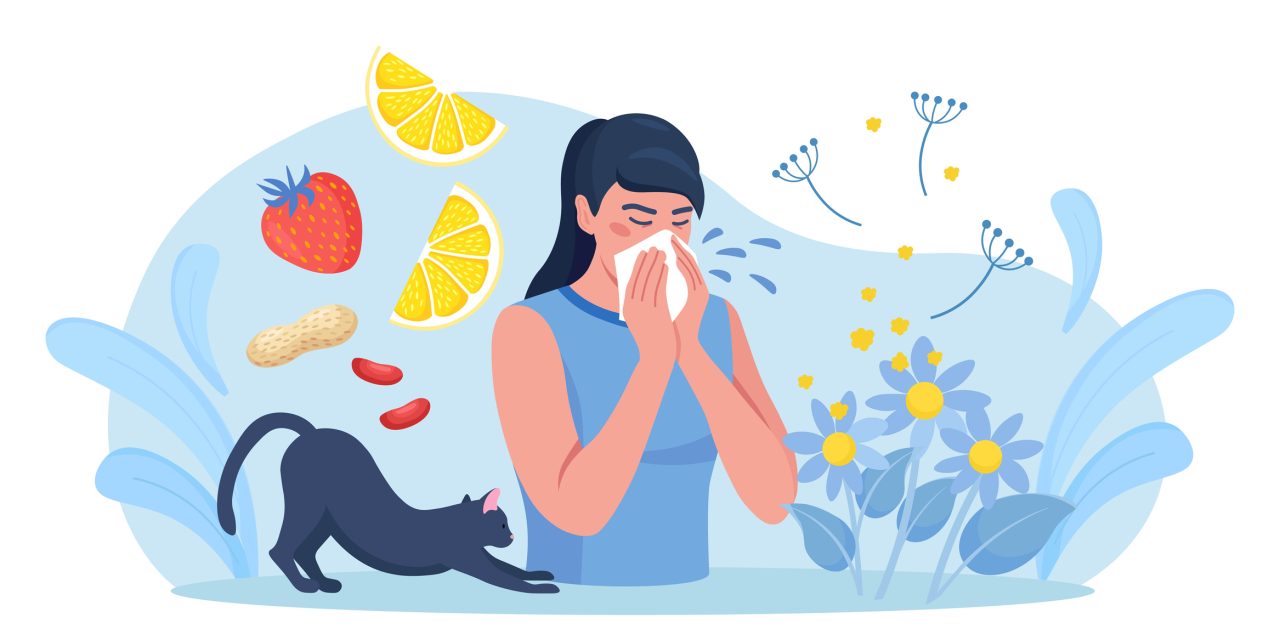Exposure to delicate particulate matter increases the risk of AR, but the underlying mechanisms remain unclear. Thus, we investigated the roles of T-helper (Th)1–Th2 cytokines and nasal remodeling after ambient PM2.5 exposure in a rat model of AR.
Female Sprague-Dawley rats were randomized into six groups: a negative control group, a group of healthy rats exposed to 3000 μg/m3 PM2.5, OVA-induced AR model, and three PM2.5-exacerbated AR groups exposed to three different concentrations of PM2.5 for 30 days via inhalation.
PM2.5 significantly increased the number of sneezes and nasal rubs in rats with AR. PM2.5 also significantly decreased interferon-gamma and grew IL 4 and IL-13 expressions and the number of eosinophils in NLF. Statistically significant differences in OVA-specific serum immunoglobulin E, goblet cell hyperplasia, collagen deposition, and transforming growth factor-beta one level were observed between the PM2.5-exacerbated AR groups and the AR model group.
The study concluded that our data analysis indicated an increase in the immune response with Th2 polarization and the development of nasal remodeling might be the immunotoxic mechanisms behind AR’s exacerbation after exposure to PM2.5.
Reference: https://journals.sagepub.com/doi/full/10.2500/ajra.2017.31.4437


